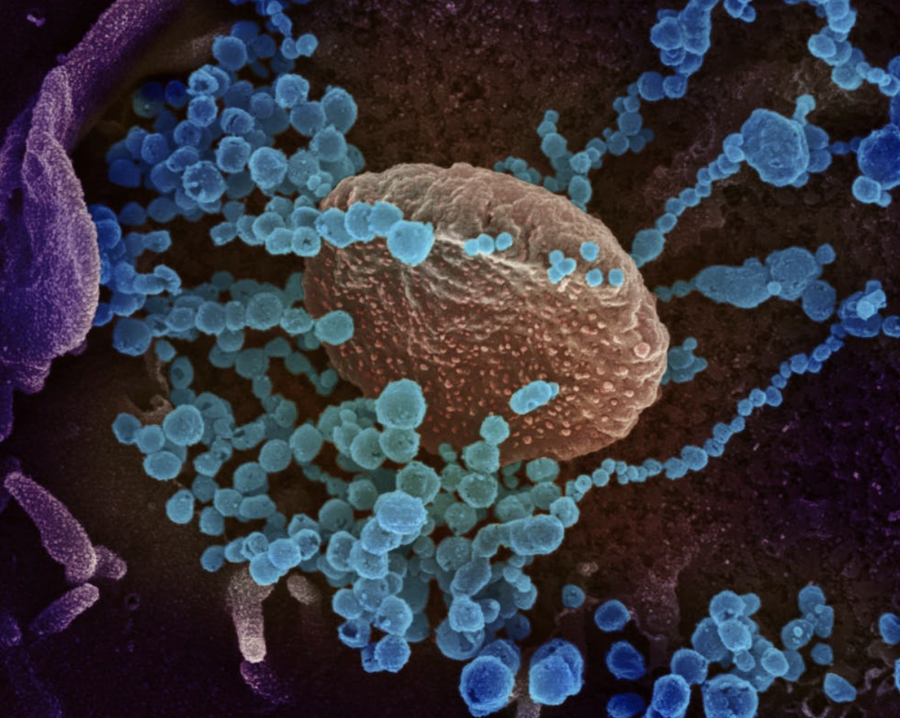Earlier this week, the Arizona Department of Health Services announced that it will be changing its distribution model from numbered phases and switch to a hybrid age-based distribution model. This news comes as national experts warn about people across the country letting their guard down too soon.
To date, Arizona has seen over 820,000 total coronavirus cases alongside over 16,000 deaths since the inception of the pandemic over one year ago. According to The New York Times, 17.8% of people in Arizona have been vaccinated with one dose and 8.6% with two doses.
Last week, the U.S. Food and Drug Administration issued an emergency use authorization on the third coronavirus vaccine — produced by the pharmaceutical company, Johnson and Johnson. This adenovirus DNA vaccine only requires one shot and offers 66% protection against moderate COVID-19 disease, 85% protection against severe COVID-19 disease and complete protection against hospitalization and death after 28 days.
In Arizona, current hospitalizations from the coronavirus are sitting at around 1,000, compared to peak numbers this year at 5,000 during the first few weeks of January.
“There is some merit to the new approach. Most chronic medical conditions that put people at high risk for a bad outcome do occur in persons over 55 years old, so in that respect the decision makes sense,” said Will Humble, the executive director of the Arizona Public Health Association.
“But, there’s an important group of folks that are under 55 who are at high risk that has been left out in the cold by yesterday’s decision by Director [Cara] Christ,” he added.
People enrolled in Arizona’s Long Term Care System are those who have a disability, often an intellectual or developmental one, who require nursing facility level care. They live in congregate settings, which makes them more susceptible to becoming infected with the coronavirus.
RELATED: FDA grants emergency use authorization of Johnson and Johnson vaccine
According to a study out of France, people with Down’s syndrome have a ten times higher mortality rate from a coronavirus infection. For example, if a 25-year-old man had a 1 in 100,000 chance of dying from COVID-19, then a 25-year-old man with Down’s syndrome would have a 1 in 10,000 chance of dying, according to the researchers.
With this new approach to vaccine distribution, members of the LTCS who are under 55 years old and don’t live in a group home will have to wait a lot longer to get a vaccine.
“As more vaccine reaches Arizona, we will continue refining our plan to maximize the benefits of this still-limited resource,” said Dr. Cara Christ, director of ADHS. “Moving to a hybrid approach will allow us to rapidly and efficiently administer the vaccine and provide all Arizonans with a clearer estimate of when they will be eligible to be vaccinated.”
A few weeks ago, Dr. Anthony Fauci, the country’s lead infectious diseases expert, told CNN that coronavirus vaccines will be widely available to the general public around mid-May to early June.
With this new change, persons living with intellectual and developmental disabilities who are under 55 years of age do not qualify for a vaccine right now, but this public policy could change in the future.
Follow Amit Syal on Twitter









